Red Beech Nothofagus fusca
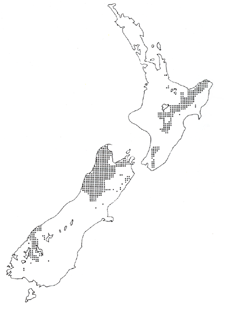
Product qualities, uses and applications
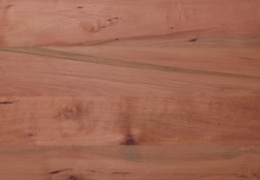 Red beech heartwood is light to medium red-brown in colour. The sapwood is light brown, sometimes with grey tones. Tonal variations tend to even out as the timber darkens with age. With a straight grain, a natural sheen and lustre which improves with age and a fine and even texture, red beech is suitable for a range of uses and products such as joinery and flooring. Red beech is also suitable for veneer and decorative plywood manufacture.
Red beech heartwood is light to medium red-brown in colour. The sapwood is light brown, sometimes with grey tones. Tonal variations tend to even out as the timber darkens with age. With a straight grain, a natural sheen and lustre which improves with age and a fine and even texture, red beech is suitable for a range of uses and products such as joinery and flooring. Red beech is also suitable for veneer and decorative plywood manufacture.
Physical and mechanical properties
Denser than silver beech, much of the red beech hardwood supply comes from the West coast of New Zealand’s South Island.
Red beech has good strength properties and hardness with exceptional dimensional stability.
The fine and even texture allows for uniform wearing.
Moderately easy to split. Nailing is satisfactory but requires care.
Sawing, machining, finishing, turning and steam bending properties are all excellent.
Minimal sanding is required after machining to achieve a smooth high quality finish.
Red beech glues, stains and paints well.
The wood does not contain a high silica content so is less likely to blunt cutting knives than other beech species.
Red beech exhibits exceptional dimensional stability once dry (12% m.c.). Slow drying. It seasons evenly without excessive degrade if air dried slowly.
Galvanised fixings are recommended for exterior uses because unprotected iron nails stain the timber. Alternatives include stainless steel, silicon bronze or copper.
No odour.
Availability
Normally available in the marketplace
Natural Durability
Red beech heartwood is durable and can be used in exterior exposed situations. It is suitable for outdoor decking and achieves Hazard Class H3.2 durability. Pathological heartwood is non-durable. Red beech sapwood is suitable for internal end-uses and is resistant to anobium and lyctus borers.
Red beech Showcase


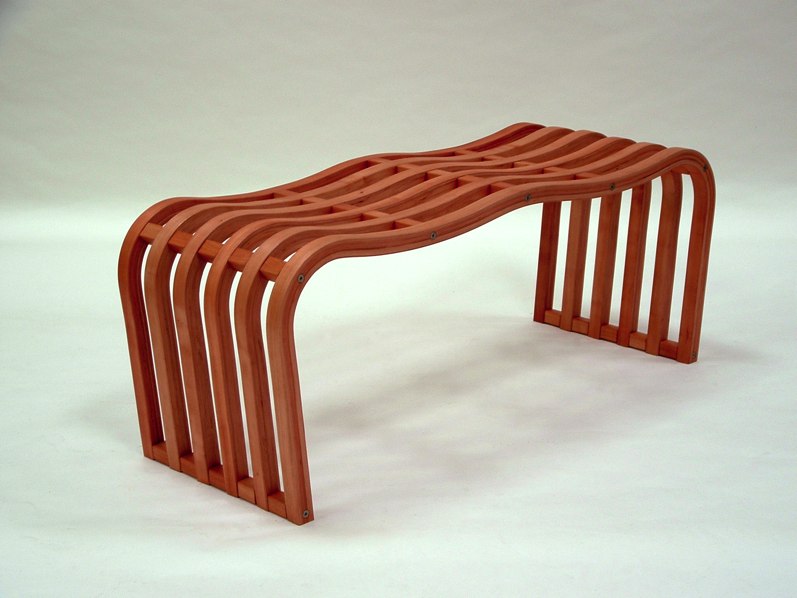
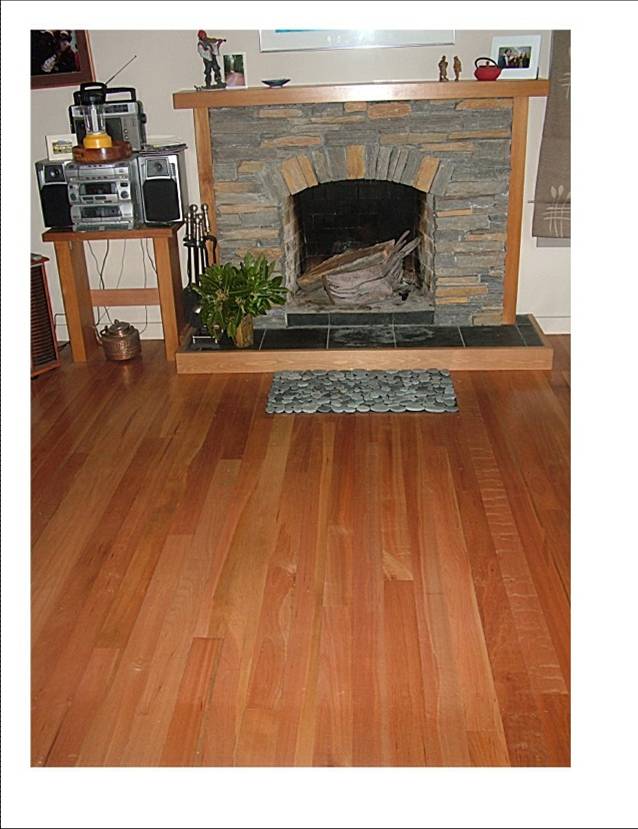
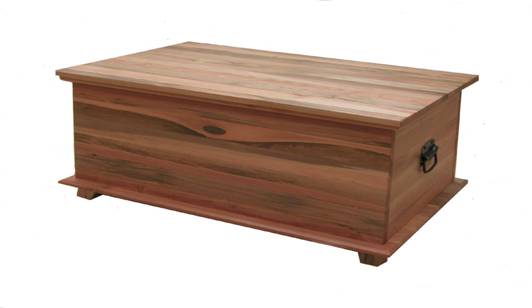
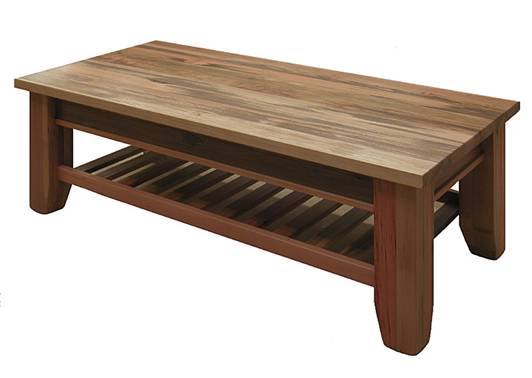
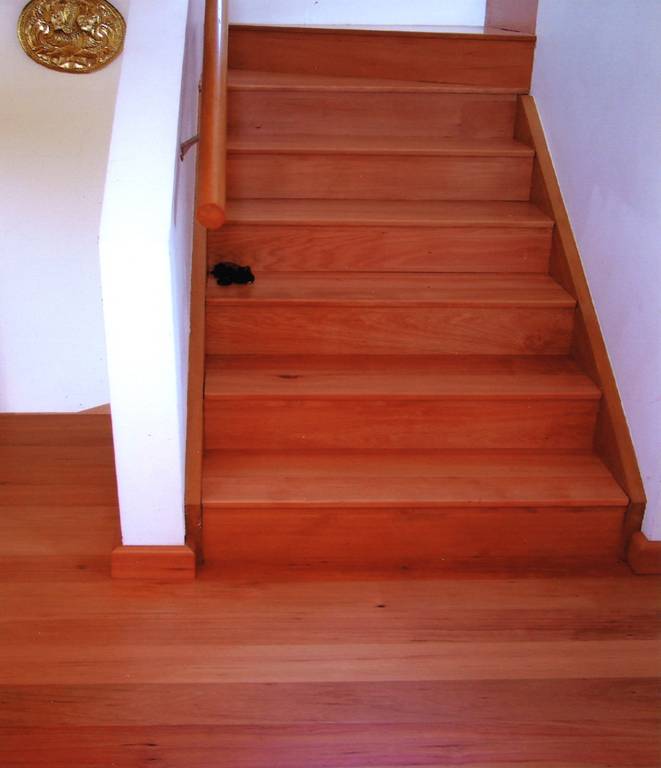
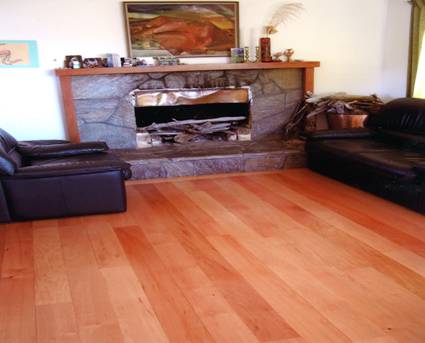
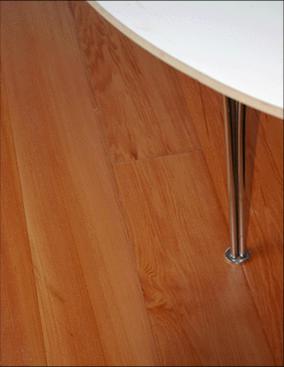

Disclaimer: While every effort is made to ensure the accuracy of the information provided on this site, Farm Forestry Timbers Society do not accept liability for any consequences arising from reliance on the information published. If readers have any doubts about acting on any articles they should seek confirming, professional advice.
 Farm Forestry New Zealand
Farm Forestry New Zealand Farm Forestry Timbers - Headlines
Farm Forestry Timbers - Headlines